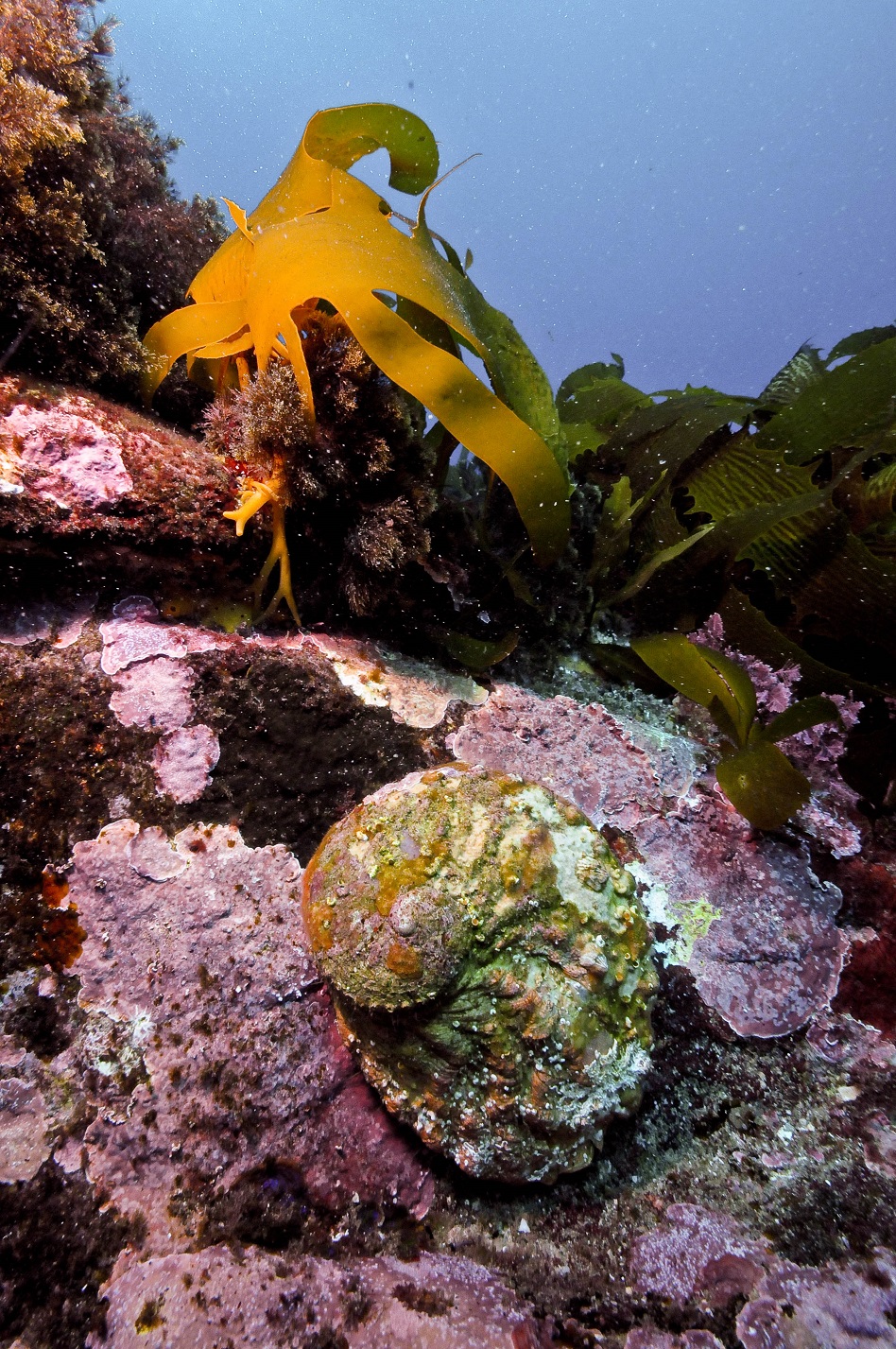
Travel restrictions due to the COVID-19 pandemic reduced recreational fishing opportunities and undoubtedly influenced the numbers of rock lobster and abalone caught, according to the IMAS 2019-20 fishing season survey.
During 2019-20, 17,200 people held at least one recreational lobster licence while 10,600 people held a recreational abalone licence, representing a 5 per cent decline in fisher numbers compared with 2018-19.
For the survey, randomly selected licence holders were invited to provide details of their rock lobster and abalone fishing activity between November 2019 and April 2020. Over 500 respondents provided detailed catch and effort information for each of their lobster and abalone fishing trips. This information was then scaled up to represent the entire fishery.
Lobster catch and effort
During the survey period, licensed recreational fishers were estimated to have harvested over 53,500 lobster, equivalent to 54.3 tonnes, a reduction of about 20 tonnes, compared with the 2018-19 season.
The East Coast rock lobster fishery accounted for 75 per cent of the harvest (by number). The remaining harvest was split almost evenly between the North and West Coasts.
Potting was the fishing method of choice, representing over 80 percent of total days fished for lobster and two thirds of the recreational harvest. Dive collection accounted for less than 20 percent of the days fished but contributed 31 percent of the harvest, reflecting higher catch rates achieved by divers (almost double the average for pot fishing). Ring nets contributed just 3 percent to the total lobster catch.
 Abalone catch and effort
Abalone catch and effort
Divers targeting abalone caught an estimated 28,000 abalone, totalling about 12.6 tonnes, between November 2019 and April 2020. This represents a catch decline of more than a third compared with the previous year, and reflects the combined impacts of the COVID-19 restrictions on effort and the introduction of a lower daily bag limit (reduced from 10 to 5 abalone) that applied to the Eastern Region.
Over 75 percent of the abalone catch was taken from the East Coast, 13 percent from the North and 10 percent from the West Coasts. Blacklip abalone dominated the catch at almost 90 percent of numbers, while Greenlip abalone accounted for the balance.
Half of all dives undertaken off the East Coast resulted in the daily bag limit of 5 abalone being taken, representing an average harvest rate of 3.5 abalone per day, down from 4.5 in the previous season. In contrast with the West, one in ten dives took the daily bag limit of 10 abalone.
East Coast Stock Rebuilding Strategy
The East Coast Stock Rebuilding Strategy, implemented in 2013, was developed to address declining rock lobster stocks off the East Coast of Tasmania. A key element of the Strategy is a catch cap applied to the commercial sector and an East Coast recreational catch share target.
In 2019-20 the recreational catch target for the stock rebuilding zone was set at 35 tonnes, 5 tonnes less than the previous year. The recreational catch for the rebuilding zone was estimated at 33.6 tonnes, indicating that the catch target was not exceeded.
However, the 2019-20 season was impacted by the COVID-19 pandemic, which closed state borders and restricted travel within Tasmania. Over half of the surveyed fishers indicated that they had fished less because of the restrictions, an important factor in determining the overall catch, which was 4 percent below the target level.
In fact, since a recreational catch target was introduced for the rebuilding zone, the only other seasons when target levels were not exceeded (2015-16 and 2017-18) were those also impacted by external factors (biotoxin closures) that resulted in marked reductions in recreational fishing effort (see table below).
Recreational catches relative to catch targets in the East Coast Stock Rebuilding Zone

These findings suggest that despite recent management changes (reduced bag limit and shorter season), current management settings alone are not sufficient to effectively constrain recreational catches to target levels. This represents an obvious management challenge and implications for the rate of the East Coast rock lobster stock recovery.
The IMAS Tasmanian Recreational Rock Lobster and Abalone Fisheries 2019-20 Fishing Season Report includes estimates of catch and days fished by method and area, and social information including attitudes about perceived stock status, fishing quality and management.
Images: